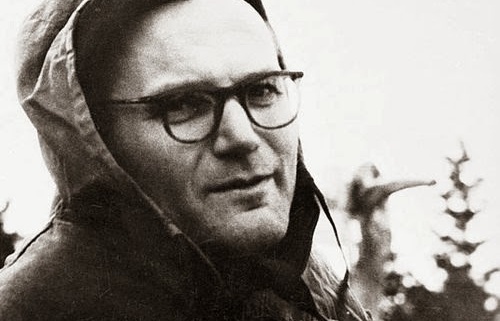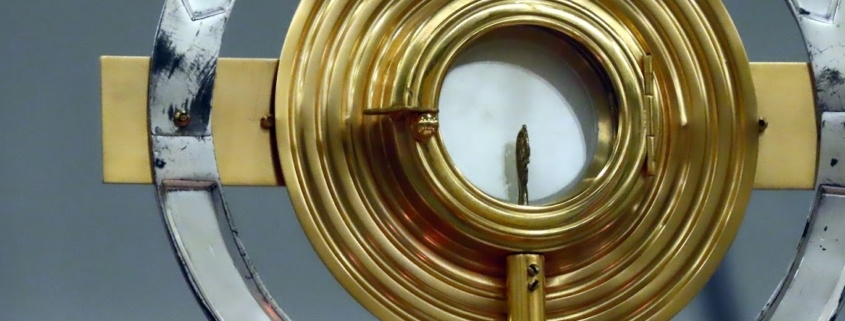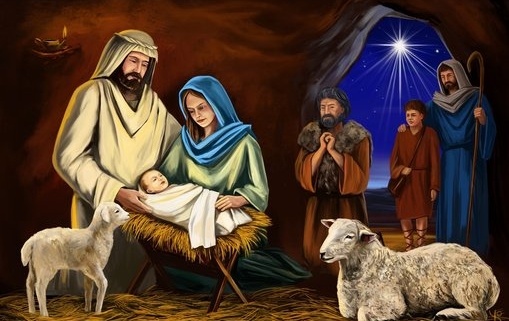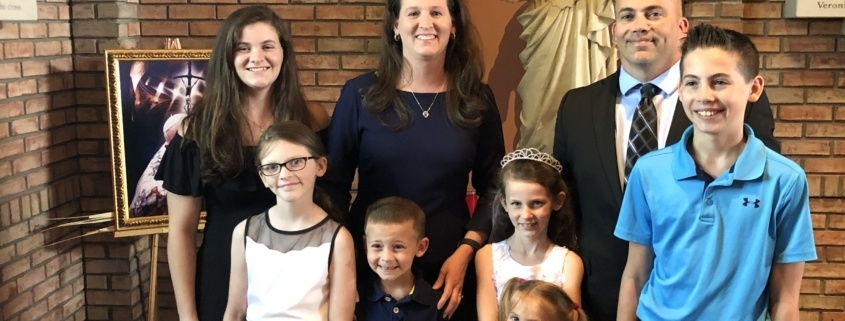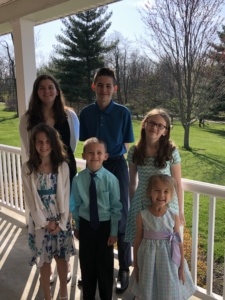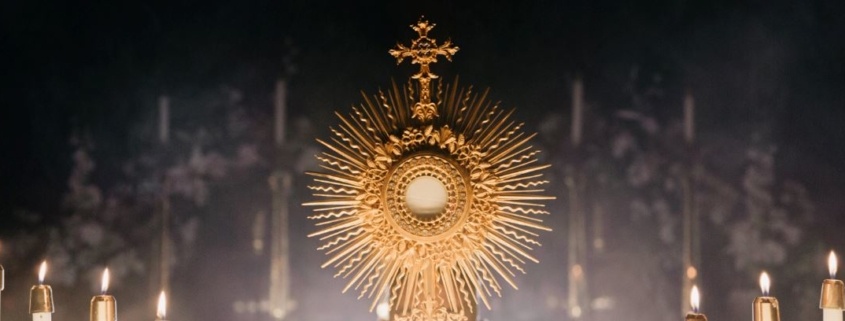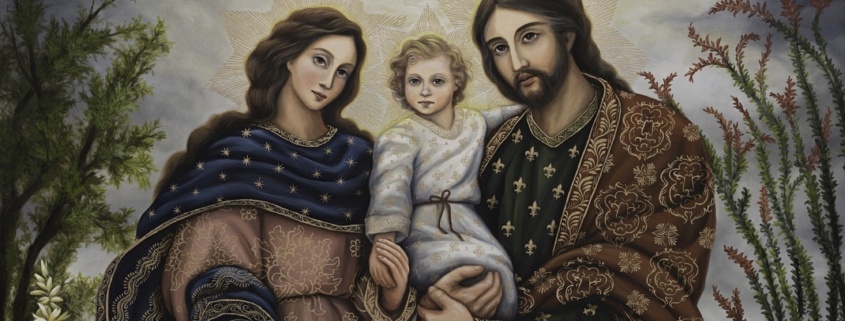Faithful families begin with ‘purposeful, persuasive, encouraging’ marriage preparation
By David Cooley.
At the request of the Holy Father, Pope Francis, the Dicastery for Laity, Family and Life in Rome has prepared a document called “Catechumenal Pathways for Married Life,” which was recently translated into English. This document is an important step for the universal Church in moving toward a marriage preparation process that rises to the challenge of equipping couples with the tools they need to maneuver through modern trials. Additionally, this new approach comes with a recommendation for a process where members of the local Church and parish community continue to walk with newlyweds as they build their life together during the early years of their marriage.
Currently, many young couples spend far more time and effort preparing for their wedding day than they do preparing for their marriage. The consequences of that are often painful and can be disastrous. We can see that today’s “hedonistic mentality, which distorts the beauty and depth of human sexuality; a self-centeredness which makes it difficult to espouse the commitments of married life; a limited understanding of the gift of the Sacrament of Marriage, the meaning of spousal love, and its essence as an authentic vocation” has created a fragile state for marriages in society as a whole, “which puts at stake the personal fulfillment and happiness of a great many lay faithful around the world” (CPMF #3).
A loving response from the Church is to recognize all of this, instruct young couples properly, provide the means for a more thorough and Christ-centered preparation for the sacrament marriage, and accompany them as they begin to live out their life-long vocation.
While it is exciting that the Holy Father is asking dioceses all over the world to develop their own pastoral approach to marriage preparation — an approach that is “purposeful, persuasive, encouraging, and fully oriented toward emphasizing the good and beautiful aspects of married life” (#20) — the development and implementation of such a robust catechumenal model will take some time and a great deal of effort.
One of the first challenges will be changing the hearts and minds of young adults about the importance of the sacrament of marriage and recognizing it as a vocation — a path to holiness that encompasses a person’s entire life. If the prospect of marriage is taken seriously, we can help couples invest the proper amount of time, consider what they need to consider, and reflect on what they need to reflect on before taking sacred vows. I have witnessed too many couples and their families simply looking for the quickest and easiest way of satisfying “bureaucratic” requirements to get married “in the Church.”
Another challenge will be the flexibility needed to allow at least a full 12 months for the catechumenate model. More time will need to be invested in the spiritual preparation for marriage and the building up of the couple’s relationship with Christ. While this will certainly be difficult — asking couples to consider a longer engagement period — it is necessary if we want to see any real change in how people live out married life. Couples coming to the Catholic Church to be married are always coming from many different places on their spiritual journey and we have to meet them wherever they are; but we must challenge them to move closer to Christ and remind them of Bishop Fulton Sheen’s words: “It takes three to get married.”
Before the release of “Catechumenal Pathways,” at the June 2021 Plenary Assembly, the United States Conference of Catholic Bishops (USCCB) approved and published a document “Called to the Joy of Love,” which lays out a national pastoral framework for dioceses to start moving forward to better serve and assist couples discerning the sacrament of marriage. These two documents complement and reinforce each other.
Marriage preparation is an issue that should matter to all of us. The future of the family is the future of the Church. We need strong marriages to have strong families. We need strong families to spread the faith. We need families to spread the Gospel and build up the Church if we are going to be any help to the world. Pope John Paul II said, “The future of humanity passes by the way of the family.” It is time to double down on the importance of family life ministry and marriage preparation.
David Cooley is co-director and office manager of the Office of Catechesis and Evangelization in the Diocese of Covington.



